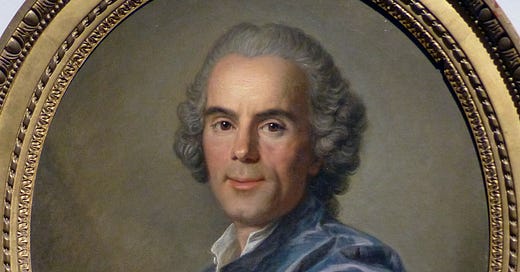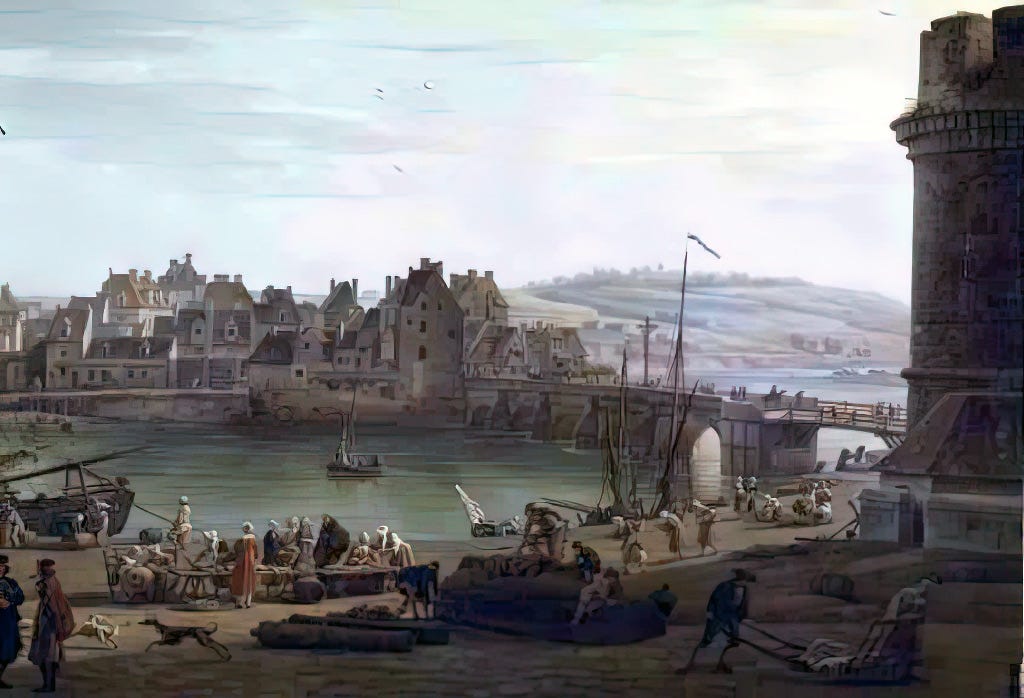Claude-Joseph Vernet was a prominent French painter of the 18th century, best known for his marine and landscape paintings. Born on August 14, 1714, in Avignon, France, Vernet demonstrated a strong inclination towards art from a young age, which led him to study under various painters including Philippe Sauvan and Jacques Viali, before moving to Rome at the age of twenty to further his training.
During his 20-year stay in Rome, Vernet absorbed the influence of the classical and Italian landscapes, which significantly shaped his artistic style. His works from this period were marked by a meticulous attention to detail and a profound ability to capture the atmospheric qualities of a scene, particularly the specific lighting and weather conditions. This sensitivity to the environment made his seascapes especially captivating and true-to-life.
Vernet gained considerable fame for his port scenes and seascapes, which combined dramatic narratives and meticulous detail. His ability to depict the various moods of the sea and sky brought him to the attention of the French court, and in 1753 he was called back to France by King Louis XV. The king commissioned Vernet to produce a series of the seaports of France, which is considered one of his major works. This series not only demonstrated his skill as a painter but also served as a valuable chronicle of the maritime significance of France during that period.
His work was characterized by a blend of realism and romanticism, capturing both the raw power and sublime beauty of nature. Vernet’s paintings often included people interacting with their environments, reflecting everyday life and human emotion against the backdrop of expansive landscapes.
Claude-Joseph Vernet's legacy is marked by his contribution to the development of landscape painting in France. He successfully integrated the grand tradition of classical landscape painting with the naturalism and empirical precision that the Enlightenment era demanded. Vernet died in Paris on December 3, 1789, leaving behind a body of work that continues to be celebrated for its artistic and historical value. His paintings are housed in many major museums across the world, continuing to draw admiration for their beauty and technical excellence.
Click here to read Claude-Joseph Vernet’s full bio on Wikipedia.
These were the only two paintings that Vernet made in Dieppe that we could find.






